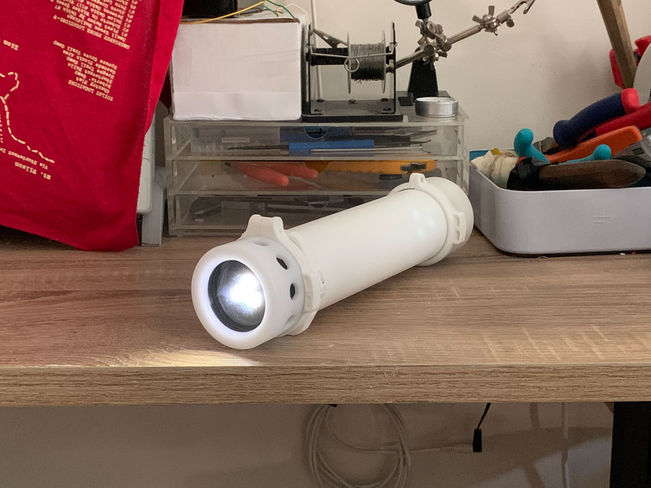
Low-Cost & Accessible Technology
Access to data collection is one of the primary barriers to deep-sea exploration. Traditionally, data collection at depth is conducted from large (and expensive) research vessels accessible to only a select few countries and researchers.
We are creating low-cost, easy-to-use deep-sea systems that gather the most critical data to inform environmental decision-making and deployment strategies.

The Challenge
Today’s deep-sea underwater imaging and sensing systems are typically large, expensive, and challenging to deploy, requiring a ship and onboard handling equipment. Therefore, there are very few of them in existence; as a result, observations are few and far between. Because of their expense, the few existing technologies are owned and operated by only a handful of nations and individuals.
If we are to truly understand the deep sea, we must create systems that are modular, low-cost, and easy to use. This approach will enable more people to deploy them and begin to make observations on much finer spatial and temporal scales than ever before—more “eyes” in the water in more locations worldwide.
There has been a surge of interest in the low-cost sensing space in recent years. Most of these efforts, however, have focused on relatively shallow waters (max ~300 m) and cannot be customized to a user’s needs. We propose to address these issues by (1) designing for depth, (2) designing for modularity, and (3) co-designing with users.
Our Strategy
Katy Croff Bell’s team at the MIT Media Lab, in collaboration with the MIT Future Oceans Lab, developed a new easy-to-use, low-cost deep sea camera and sensor system, which users around the world are testing. This prototype system will be the basis of a low-cost, scalable platform that we will use to image the ocean floor.
Bell’s MIT Media Lab, Open Ocean Initiative team has gone through an extensive user study focusing on low-cost/low-logistics systems and AI-driven data analysis. Our twenty interview participants are marine professionals representing a broad cross-section of the marine community from eleven countries. Each has different motivations and requirements, and many represent multiple domains, including developing nations/communities, education/outreach, engineering, policy/management, scientific research, and local ecological knowledge.
This study resulted in recommendations for hardware design considerations, data analysis design considerations, and community involvement. We have been using the results of this study to develop two low-cost, low-logistics camera and sensor systems in collaboration with numerous partners. Users around the world are now testing them.
We plan to evaluate and iterate on these initial systems using test user feedback. The resulting system will be the basis of a low-cost, low-logistics, modular, and scalable platform fleet that will utilize Ocean AI for video and sensor data aggregation, analysis, and archive. We plan to use these systems in 2026 to pilot training workshops with partners worldwide, increasing participation in deep-sea science and exploration and accelerating our understanding of the deep sea.




